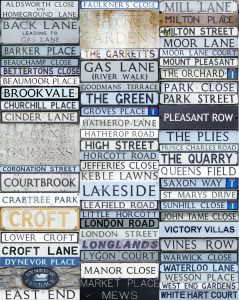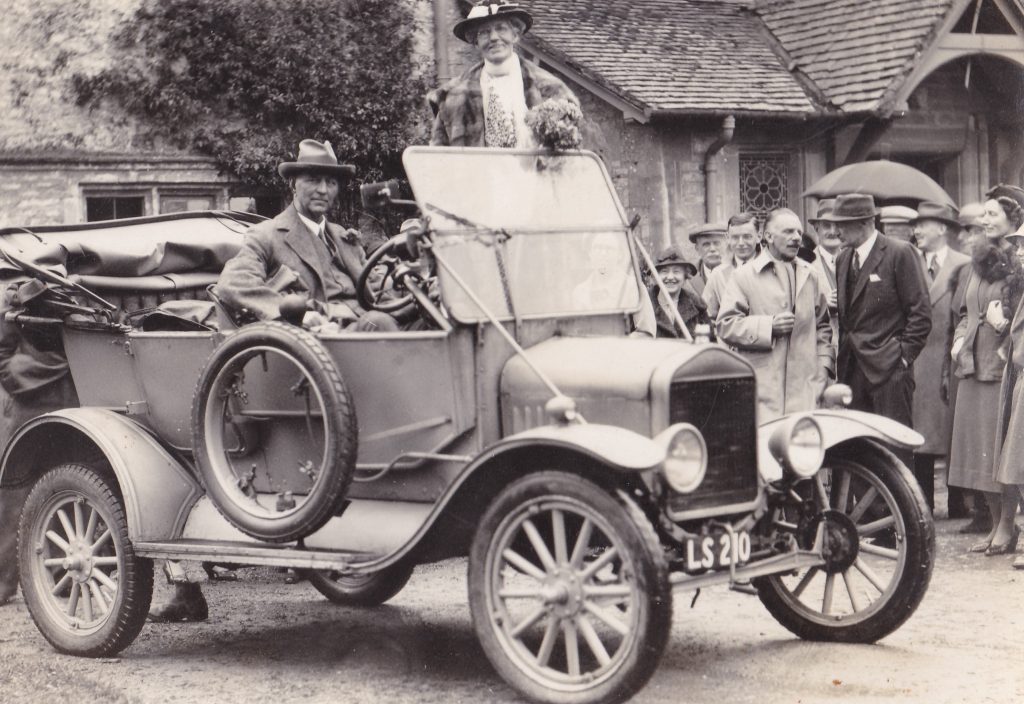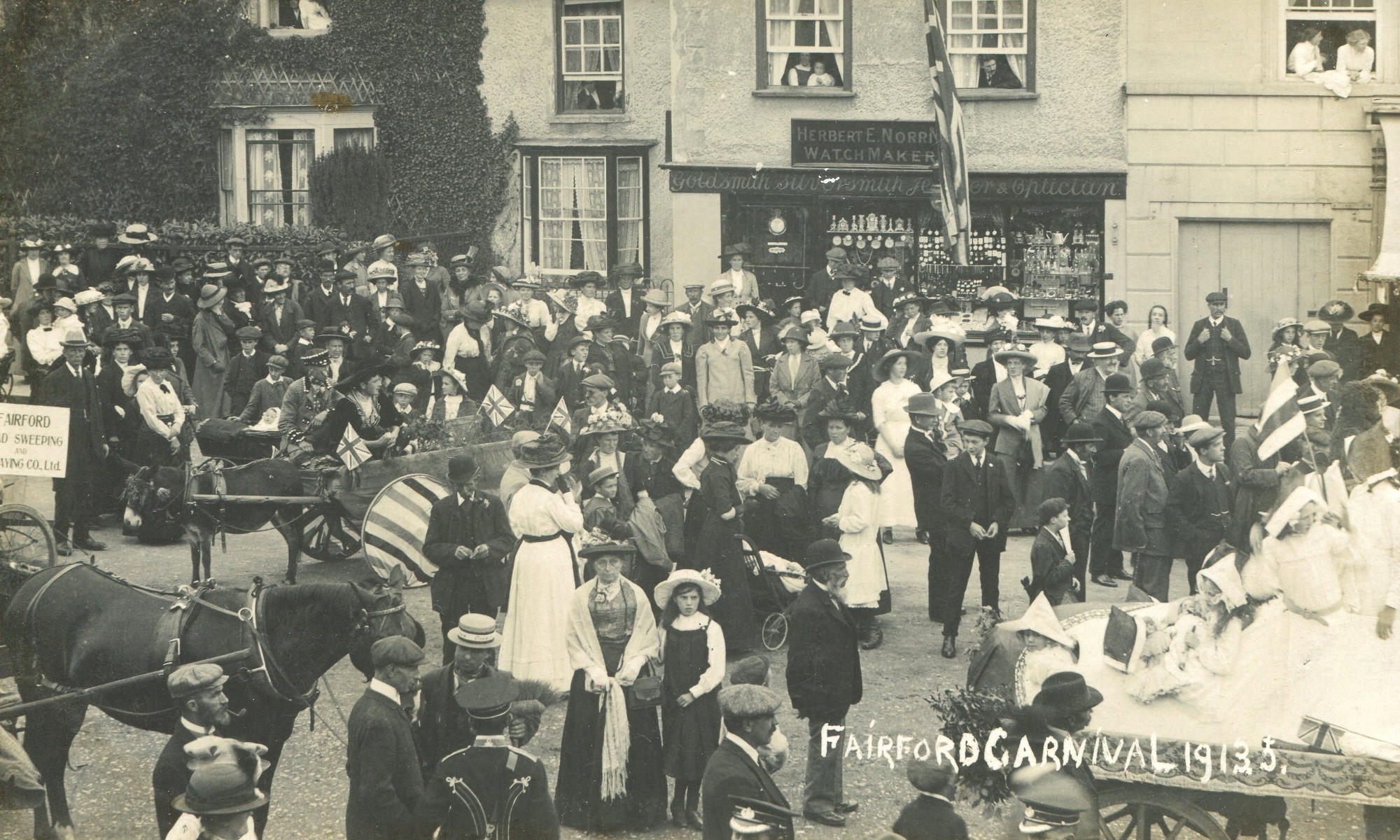 Fairford Street Names
Fairford Street Names
For older street names see Fairford Street Names -1
For the newer roads see Fairford Street Names – Newer roads
Introduction
The naming of streets is by no means as straightforward, or as logical, as it may seem at first sight. Fairford, in common with other rural settlements, had little need to name all its streets (and number its houses) until the mid 20th Century when the town expanded and when the Post Office needed to find addressees. Gone are the days when ‘Mr Hawkes, Fairford’ on a letter would be sufficient! The final decision about names of streets in this area was and is the responsibility of the District Council, in the past Cirencester Rural District Council and latterly Cotswold District Council. Occasionally Fairford Town Council would be asked to suggest names, sometimes names were suggested by the developers and it appears that some effort was put into researching local connections. However, this was not always a harmonious exercise between the parties concerned! (See The Weavers and Groves Place). It is obvious how ‘roads to’ obtained their names e.g. Cirencester Road, Hatherop Road, London Road/Street. The uncertainty is about what date this happened. London Road was a Turnpike Road from 1727, the turnpike being at Claydon Pike. The Welsh Way/Gloucester Way was an ancient drove road from Wales via Birdlip to the crossing of the Thames at Lechlade. ‘Hyghe Street’ and ‘Mylton End’ appear in the 1603 Court Roll. Bridge Street, Calcot Street, and Mill Lane all appear in the 1662 schedule in the Fairford Booke. Of course they may have existed well before that but these are the earliest written references that have been found so far in old documents. There are some queries which have not been solved as yet, for example The Garratts which appears on the 1754 Inclosure Map – was this a personal name or was it from the medieval word for ‘watch tower’? The Plies which appears as Plyes Mead in 16th Century documents, was this connected to the wool trade? When did ‘Vicaridge Street’ become London Street? And why did Calcot Street become Park Street? These questions may never be answered, but if you have any documentary evidence to further any information contained in this booklet, FHS would be pleased to receive it.
John Faulkner after whom Faulkner’s Close was named in his Model T Ford Motor car at Dunfield

